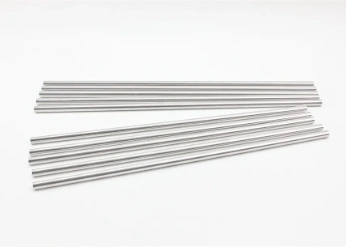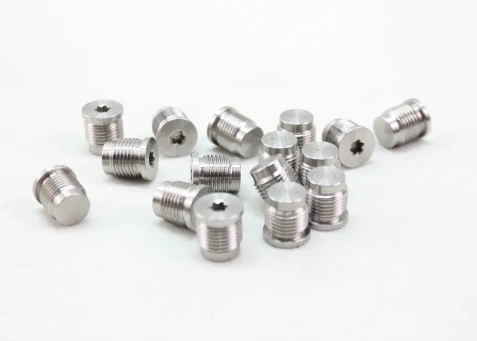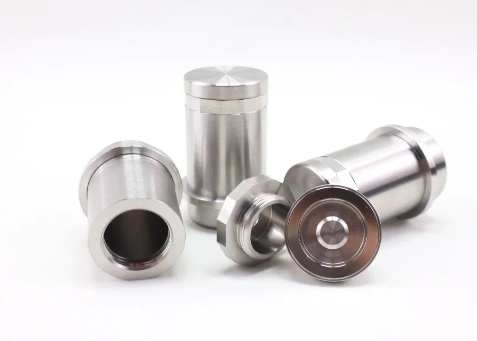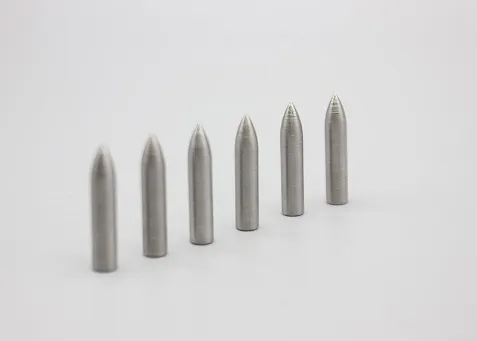Machinable Tungsten Rod: Tungsten Rods for Medical Radiation Shielding
Why Radiation Shielding Demands Advanced Materials
Radiation shielding in modern medicine is no longer a simple checkbox for compliance—it's a critical factor that shapes patient safety, equipment performance, and operational efficiency. As technologies in oncology, diagnostic imaging, and nuclear medicine advance, the demand for shielding materials that can keep pace has never been higher.
Understanding Tungsten's Unique Role in Radiation Protection
High Density and Atomic Number
Tungsten boasts a density of 19.3 g/cm³, making it one of the densest elements available. Its high atomic number (Z=74) ensures superior attenuation of X-rays and gamma rays compared to traditional shielding materials.
Non-Toxic Alternative to Lead
Unlike lead, tungsten is environmentally friendly and non-toxic, aligning with global sustainability initiatives and stricter medical safety standards.
Thermal and Mechanical Stability
In high-radiation environments, tungsten rods maintain their integrity, resisting heat, corrosion, and wear—qualities essential for long-term applications in medical devices and shielding infrastructure.

What Is a Machinable Tungsten Rod?
Machinable tungsten rods are manufactured through powder metallurgy, achieving high purity, consistent density, and uniform grain structure. Unlike pure tungsten, which is difficult to process, tungsten alloys (such as tungsten-nickel-iron or tungsten-copper) offer improved machinability, making shaping, threading, and drilling possible without compromising density. These rods are available in standard diameters from 1 mm to 200 mm, with the option for customized dimensions to meet specific shielding requirements.
Key Applications in Medical Radiation Shielding
Radiation Therapy Equipment: Tungsten rods are used in linear accelerators to shape the beam and block radiation for safety.
Nuclear Medicine & PET Imaging: Used in shielded containers and syringe shields for safe handling of isotopes.
Diagnostic Radiology & CT Scanners: Integrated into shielding assemblies to minimize exposure.
Shielding Components in Hospitals & Research Labs: Doors, walls, and mobile shields reinforced with tungsten.

Advantages of Machinable Tungsten Rod Over Alternatives
| Material | Density (g/cm³) | Toxicity | Machinability | Longevity |
|---|---|---|---|---|
| Tungsten Rod | 19.3 | Non-toxic | Good (alloyed) | Excellent |
| Lead | 11.3 | Toxic | Easy | Moderate |
| Depleted Uranium | 18.9 | Hazardous | Difficult | High |
| Composites | 5–11 | Safe | High | Limited |
Tungsten vs. Lead
Tungsten delivers 40–60% better shielding efficiency at the same thickness.
Tungsten vs. Depleted Uranium
Offers comparable density without the radioactive hazard.
Tungsten vs. Composite Shielding Materials
Though lighter composites are machinable, they cannot match tungsten’s durability and shielding power.
Frequently Asked Questions (FAQs)
Q1: Why are machinable tungsten rods preferred over lead for medical shielding?
A: They provide higher density, non-toxic properties, and superior durability.
Q2: Can tungsten rods be customized for unique shielding applications?
A: Yes, they can be machined, drilled, and shaped into custom forms.
Q3: What certifications should procurement managers look for?
A: ISO 9001 and RoHS compliance ensure quality and safety.
Q4: Are tungsten rods cost-effective compared to other shielding materials?
A: Yes, due to their longevity and reduced maintenance costs.
Q5: Can tungsten rods be used outside of medicine?
A: Absolutely—industries like aerospace, defense, and NDT rely on them.
As global healthcare standards continue to rise, procurement managers must prioritize shielding materials that are safe, effective, and future-ready. Machinable tungsten rods not only fulfill but also surpass these expectations—offering exceptional density, non-toxicity, and lasting value.
If your organization is ready to strengthen its radiation shielding systems, now is the time to source machinable tungsten rods. Make sure your procurement decision supports safer environments, stronger compliance, and sustainable operations.

 EN
EN AR
AR FR
FR DE
DE HI
HI IT
IT JA
JA KO
KO PT
PT RU
RU ES
ES ID
ID LV
LV VI
VI HU
HU MS
MS GA
GA BE
BE YI
YI EU
EU


